Optimal Seasons for Horse Fence Repairs
Horse fence repairs are most effective when performed during specific times of the year to ensure durability and minimal disruption to horse activity. The optimal seasons are typically spring and early summer, when weather conditions are favorable for construction and maintenance. During these periods, the ground is often softer, making it easier to install or replace fencing components. Additionally, repairing fences before the onset of winter helps prevent damage caused by snow and ice accumulation.
Spring is ideal for fence repairs due to milder weather and the ability to address issues before harsh winter conditions set in.
Early summer offers warm, dry conditions suitable for completing repairs and ensuring fences are secure during peak grazing months.
Winter repairs are less advisable due to frozen ground and challenging weather, which can delay work and compromise fence integrity.
Fall can be suitable if weather permits, but repairs should be completed before winter to prevent damage from snow and ice.
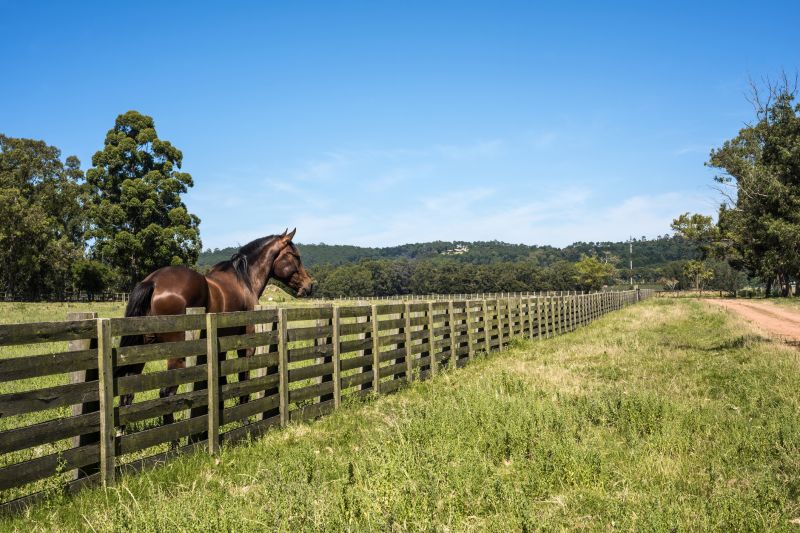
Springtime offers optimal conditions for fence maintenance and repairs, reducing long-term costs.
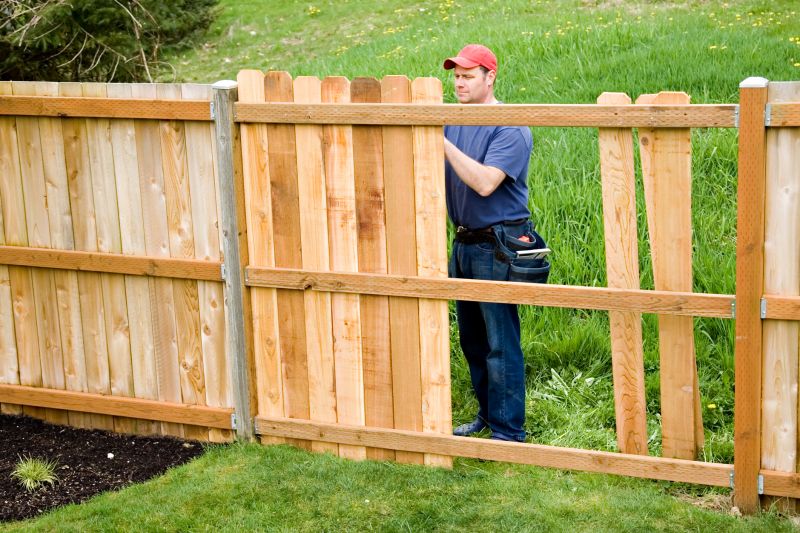
Performing repairs in early summer ensures fences are secure during active grazing seasons.
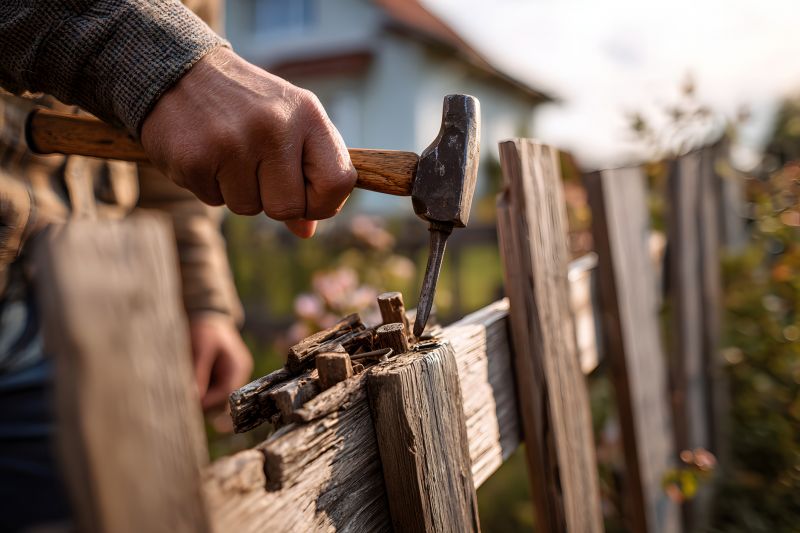
Addressing fence issues before winter helps prevent damage from snow and ice buildup.

Ways to make Horse Fence Repairs work in tight or awkward layouts.
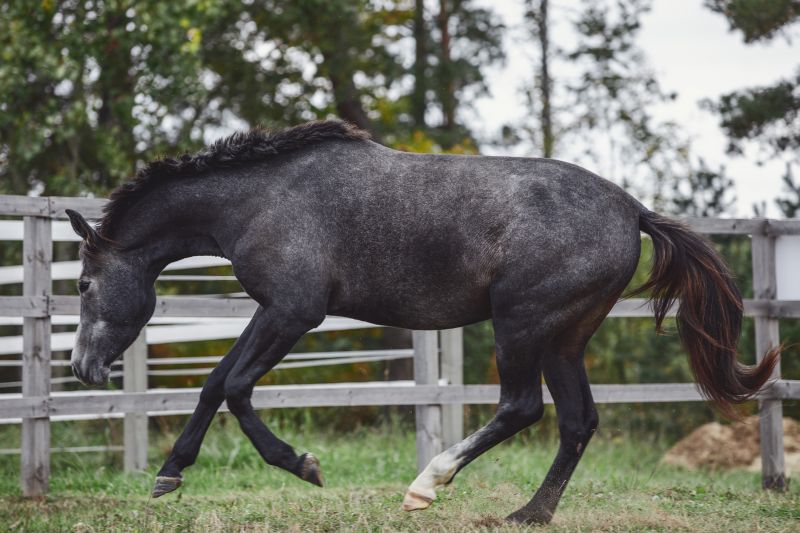
Popular materials for Horse Fence Repairs and why they hold up over time.
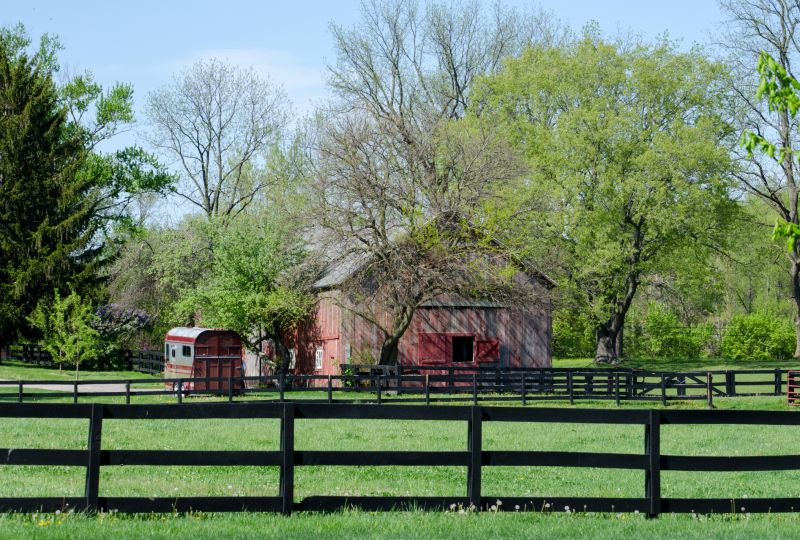
Simple add-ons that improve Horse Fence Repairs without blowing the budget.
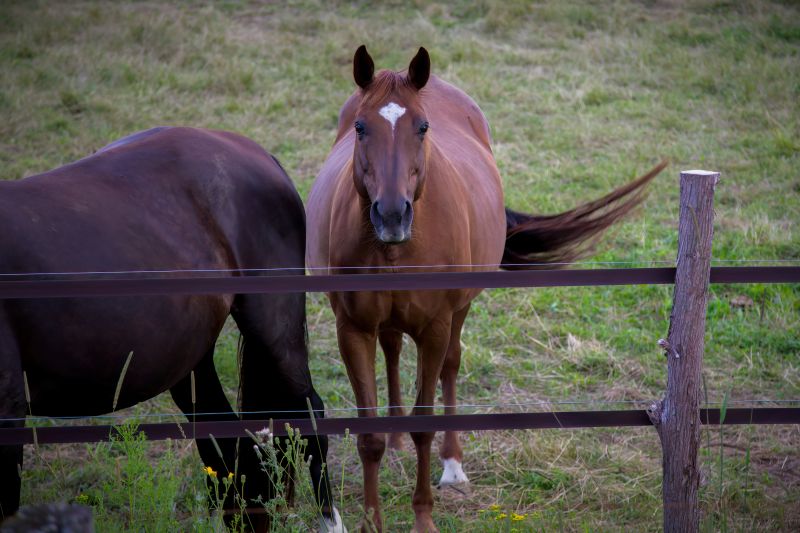
High-end options that actually feel worth it for Horse Fence Repairs.
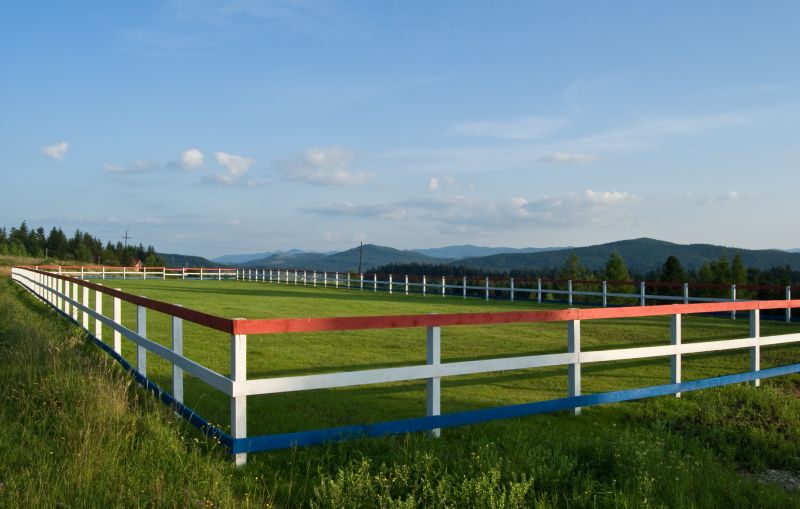
Finishes and colors that play nicely with Horse Fence Repairs.
| Season | Recommended Activities |
|---|---|
| Spring | Inspect fences, replace broken posts, tighten wires |
| Summer | Perform routine maintenance, reinforce weak spots |
| Fall | Complete repairs before winter, clear debris |
| Winter | Limited repairs, focus on emergency fixes |
Horse fence repairs are essential for maintaining safe and secure enclosures. Properly maintained fences prevent horses from escaping and protect them from external hazards. Regular inspections can identify issues early, such as broken boards, loose wires, or leaning posts. Timely repairs extend the lifespan of fencing materials and reduce long-term costs. The choice of repair timing depends on weather conditions and the specific needs of the property, with spring and early summer generally being the most suitable periods for comprehensive fence work.
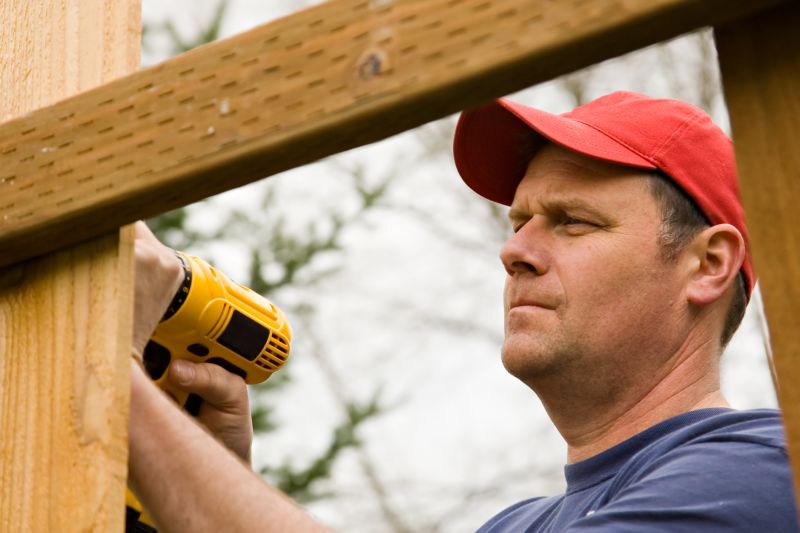
Using the right tools ensures efficient and effective fence repairs.
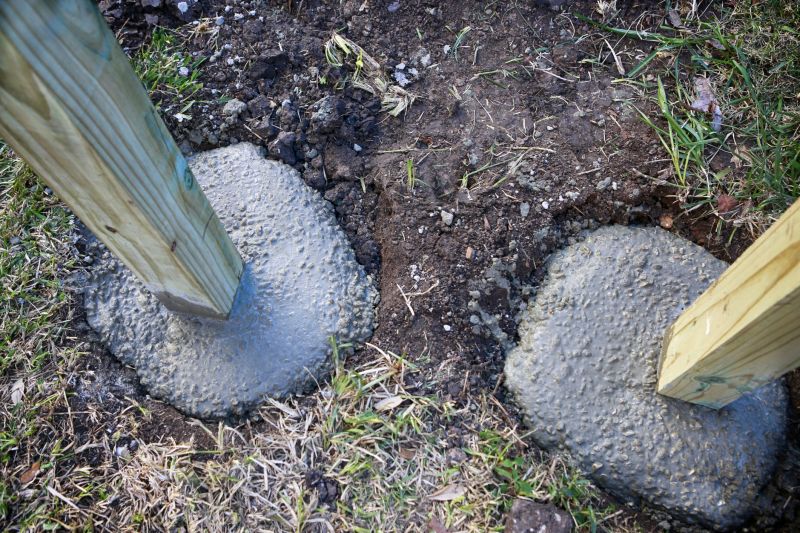
Adding concrete or additional supports increases fence stability.
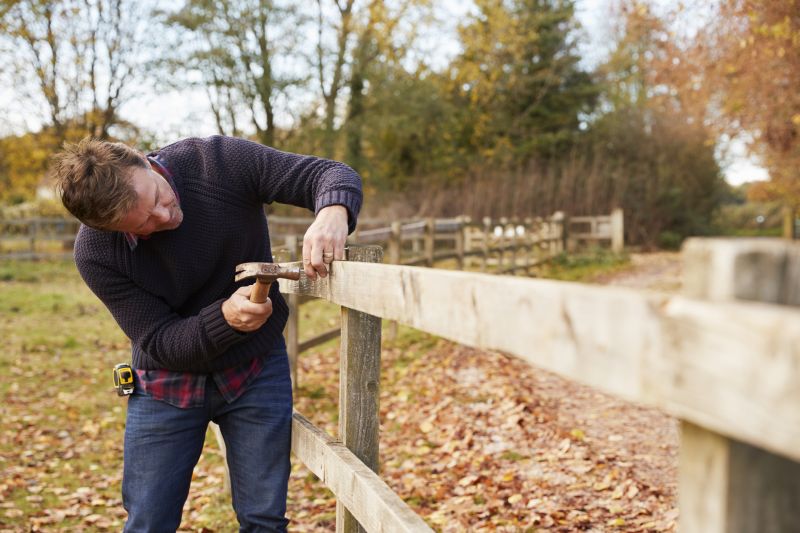
Timely replacement prevents horses from escaping and reduces injury risk.
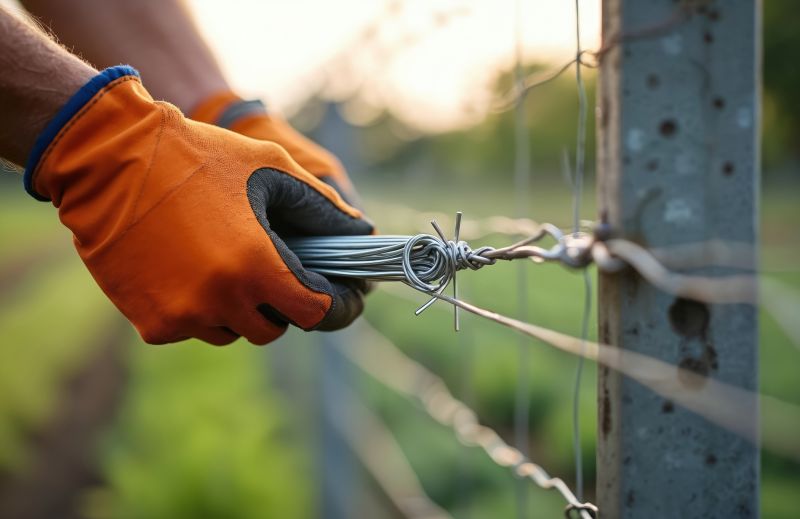
Maintaining proper tension extends wire lifespan and fence security.
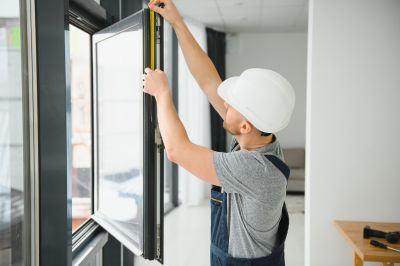
Little measurements that prevent headaches on Horse Fence Repairs day.
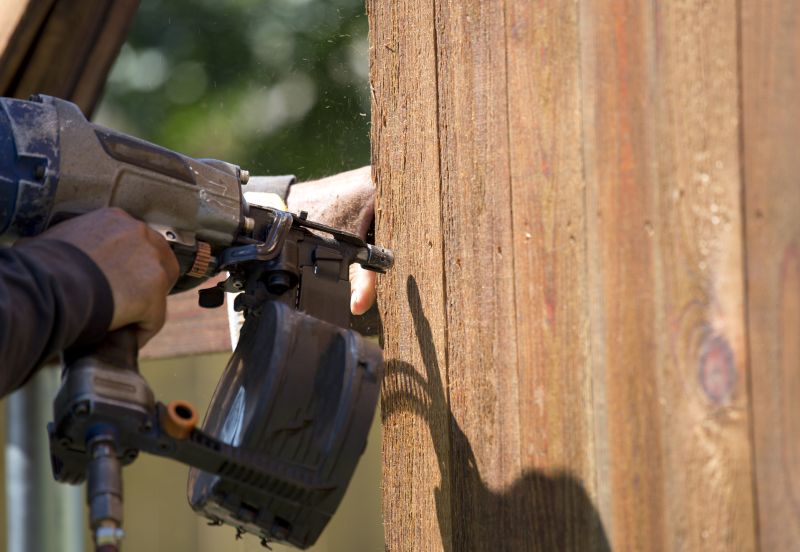
A 60-second routine that keeps Horse Fence Repairs looking new.
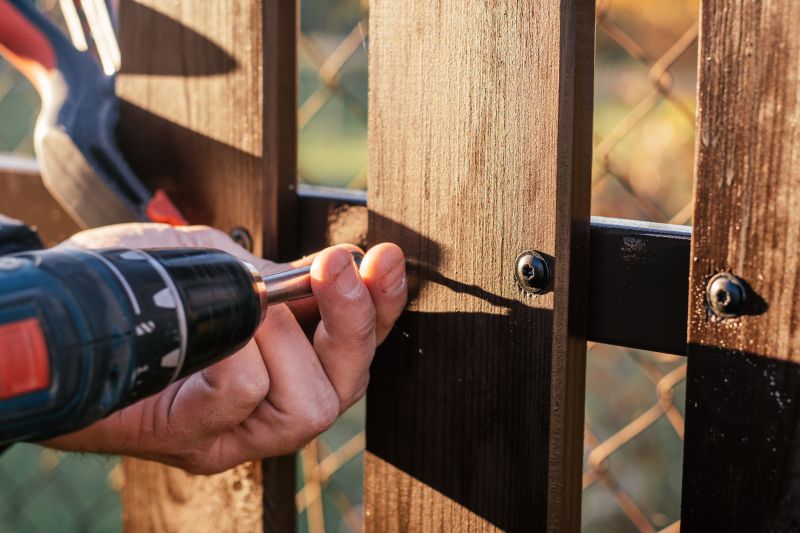
A frequent mistake in Horse Fence Repairs and how to dodge it.

Small tweaks to make Horse Fence Repairs safer and easier to use.
Filling out a contact form can provide further guidance on optimal repair timing and tailored fencing solutions. Proper scheduling and maintenance contribute to the safety and longevity of horse enclosures, supporting effective herd management and property protection.
